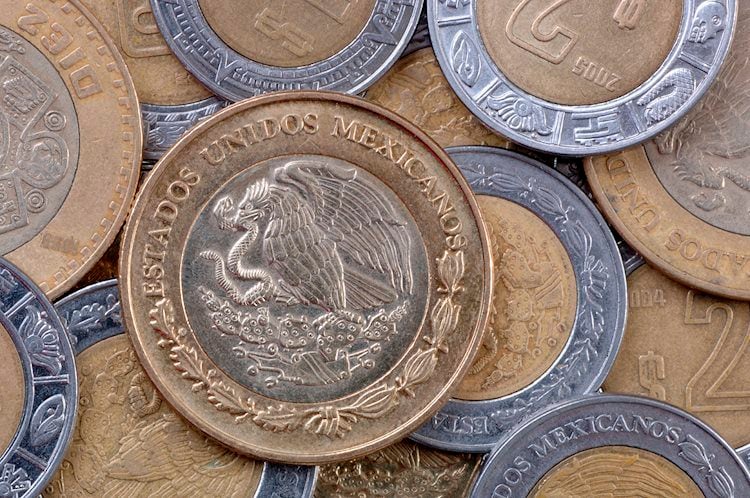The London update is ready to use and will go online between August 3 and 5.
The EIP 1559 protocol is added, and the fee market for ETH 1.0 will be changed.
The Difficulty Bomb has been postponed until December 2021.
The Ethereum Foundation informed on its blog that the testnet deployment went smoothly, and that the London upgrade will be available on the mainnet from block 12965000. The event is expected to take place between August 3 and 5, 2021.
The Ethereum Improvement Proposals (EIPs) listed below are included:
EIP-1559: Changes to the ETH 1.0 chain’s fee market
BASEFEE opcode EIP-3198
EIP-3529: Refund reduction
EIP-3541: Reject any new contracts that begin with the byte 0xEF.
Difficulty Bomb (EIP-3554) Postponement till December 1, 2021
Since it would add a “base fee” in blocks mined on the ETH 1.0 network, EIP 1559 is one of the most eagerly anticipated protocols. The Ethereum network will accept gas prices based on demand, making it easier for users to determine the proper charge for their transaction.
Users can also select the maximum price they are prepared to pay and the quantity they are willing to transfer to the miner using EIP-1559. The user is refunded the difference between the maximum and the actual fee.
A portion of the transaction fees will be burned, and many members of the community are looking forward to it. It is thought to be a significant improvement over the Ethereum network’s economics. Ethereum supporters are also looking forward to the’merge,’ or the transition from Proof of Work (PoW) to Proof of Stake (PoS), which will be the next key step towards Ethereum 2.0.
The ice age, also known as Ethereum’s difficulty bomb, is the process through which the network will “freeze” mining and convert to PoS. The transformation is not yet complete, and the community will have to wait until December 1, 2021 for the fourth time. Unlike the previous three instances, the merge is planned to go live in December.
The three protocols that delay the ice age before EIP 3554 are Metropolis (EIP 649), Constantinople (EIP 1234), and Muir Glacier (EIP 2384). These pauses have proven to be appropriate. This time, though, the developers have chosen a much shorter delay.
The remaining procedures are expected to go live with the update, according to the community. Ethereum is one step closer to mass adoption and deflation as a result of this.
Justin Drake, an Ethereum researcher, coined the term “ultrasound money.” Based on its supply cap, he said that if Bitcoin is sound money, Ethereum must be “ultrasound money.” This argument is predicated on the possibility of a drop in supply following the implementation of EIP-1559 and the eth1>eth2 merging.
When crypto fans refer to Ethereum as “ultrasound money,” they are implying that it is money. It is now far too volatile to be used to replace existing fiat currencies. Even if the community uses ETH as a medium of exchange (MoE), stable money produced with ETH as collateral is significantly more likely to be adopted at a much faster rate.
On a larger scale, the sound money narrative that applies to Bitcoin may not apply to Ethereum at all, given Ethereum currently lacks a hard cap. With DeFi platforms and large-scale NFT projects, ETH has a much broader use case. Finance that is not centralized. The altcoin circulates more frequently than Bitcoin, with 68 percent of its supply in circulation (vs. 46 percent for Bitcoin).
72 million ether were created when Ethereum was founded in 2015. However, there is no limit on the number of ether in circulation. The idea that ether is supposed to be sound money needs to be supported with a fixed supply.
There’s no way of knowing whether burning a portion of transaction fees or merging will lead to ETH being used as money unless the supply stays changeable. Due to its enormous market capitalization (economic bandwidth) and liquidity, ETH remains a great collateral asset, but the altcoin is still a long way from becoming ultra sound money.
The Daily Gwei’s founder, Anthony Sassano, has been a staunch supporter of ETH as a store of value and decentralized asset. Sassano noted in a recent tweet that the ultrasound money has generated a schism in the community, and that he considers it a meme./n





